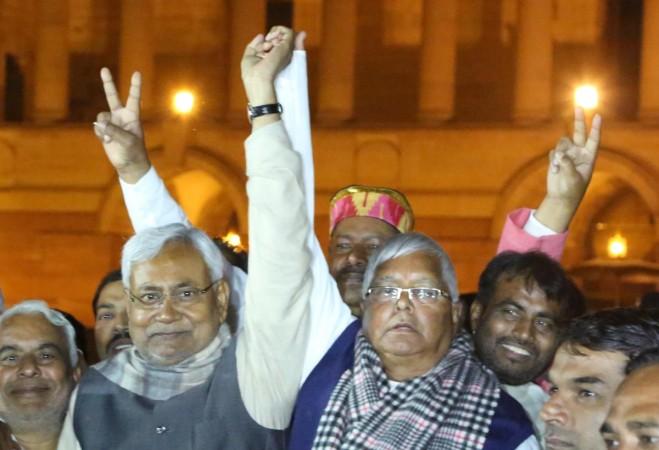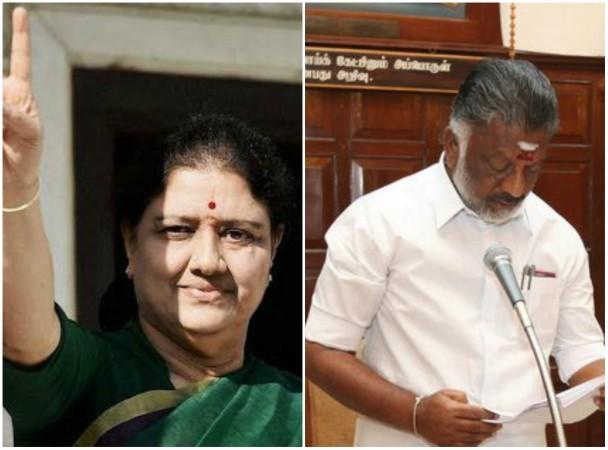
The means may differ but the ends don't – this is the basic rule of politics. The BJP recently returned to power in Bihar after the much celebrated marriage between Nitish Kumar and Lalu Prasad Yadav ended in a premature divorce. It was a massive triumph for the BJP which had bitten the dust against the same Mahagathbandhan in the 2015 Assembly election in Bihar – an event which was seen as a blow to the authority of Prime Minister Narendra Modi, who bagged an emphatic victory at the Centre the year before.

Bihar Chief Minister Nitish Kumar's eventual failure to co-exist with his old foe gave the opportunist BJP a much wanted opening to make inroads and return to the power in the state within four years. It was in 2013 when Kumar had made his JD(U) pull out of the NDA to object to the rise of Modi as the future leader of the country.
Down South, the BJP is also preparing to get into a more dominant position if not capture power and it is in Tamil Nadu. Here, however, the BJP is expecting a fast marriage of the two factions of the ruling AIADMK which has seen a rift following the death of J Jayalalithaa, the supremo of the party and the state's then chief minister, in December last year.

The AIADMK's factional merger will see it returning to the NDA and get representation at the Centre, something that South's political parties have not seen since 2013 when the DMK had pulled out of the Congress-led UPA. The BJP stands to gain at the state in return in the future elections with the assistance of the AIADMK, the largest party, and also the presence of the iconic actor Rajinikanth.
Hence, both in the North and South, the BJP is in the process of scripting two political success stories. While its mission has already been accomplished in Bihar, things could soon get a push in Tamil Nadu where the virtually leaderless AIADMK (just opposite to the ego tussle of two heavyweight leaders in Bihar) has little option other than accepting Modi's supremacy to stay relevant.














